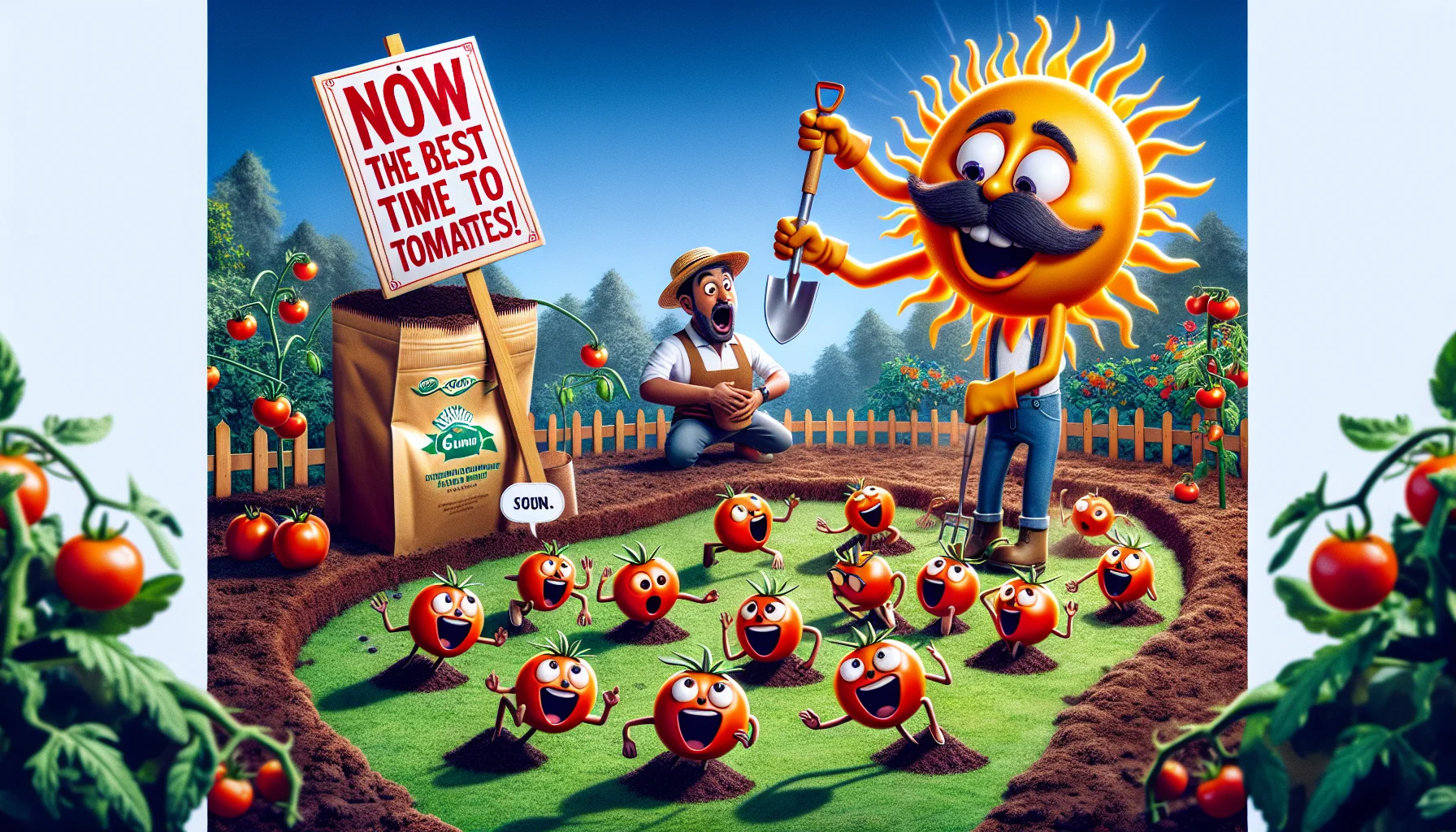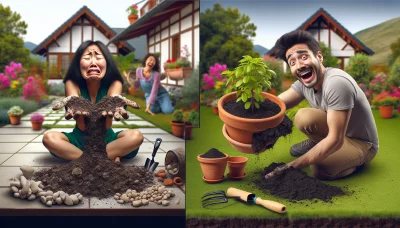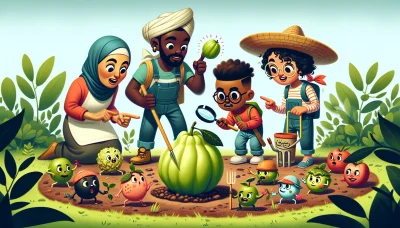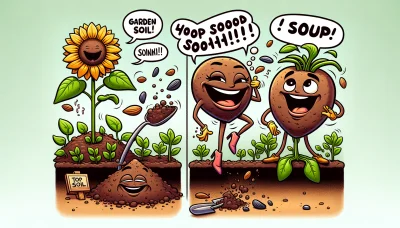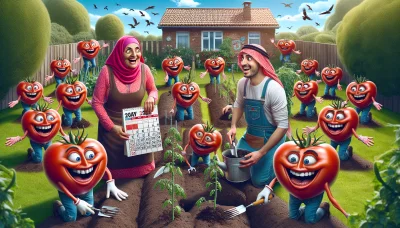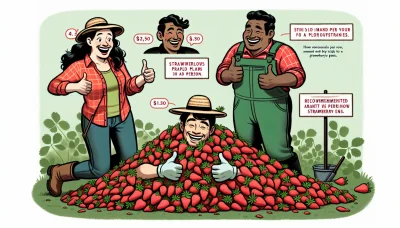When is the best time to plant tomatoes Quiz
Test Your Knowledge
Question of
When Is the Best Time to Plant Tomatoes?
The timing of planting tomatoes is crucial for ensuring a healthy and productive crop. Tomatoes require a warm climate to thrive, making early spring, after the last frost, the ideal time for planting. This period allows the plants to establish themselves and benefit from the full growing season. Planting too early can expose seedlings to frost, while planting too late may not give them enough time to mature before the first fall frost. Understanding your local climate and the specific needs of the tomato variety you choose is key to successful tomato gardening.
Understanding Your Growing Zone
To find out your USDA hardiness zone, gardeners can visit the USDA's official website and enter their ZIP code into the zone finder tool. This tool provides a detailed map that highlights the various hardiness zones across the United States. Knowing your hardiness zone is crucial for planting tomatoes because it determines the best planting times and the varieties that will thrive in your local climate. Tomatoes have specific temperature and light requirements, and planting them in alignment with your zone's guidelines ensures a healthy growth period and optimal yield.
The Ideal Planting Times for Tomatoes by Zone
| USDA Hardiness Zone | Recommended Planting Time |
|---|---|
| Zone 3 | Late May to early June |
| Zone 4 | Mid-May to late May |
| Zone 5 | Early May to mid-May |
| Zone 6 | Mid-April to early May |
| Zone 7 | Early April to mid-April |
| Zone 8 | Mid-March to early April |
| Zone 9 | Late February to mid-March |
| Zone 10 | January to February |
| Zone 11 | Year-round, with caution in the hottest months |
Starting Tomatoes Indoors
Starting tomato seeds indoors before the last frost date has numerous benefits for your garden. This approach allows the plants to develop strong root systems and provides a head start on the growing season, ensuring that the tomatoes have ample time to mature and produce a bountiful harvest. Additionally, indoor germination protects the young plants from the unpredictable weather and pests found outdoors, leading to healthier and more resilient tomato plants. By beginning your tomato cultivation indoors, you can enjoy an earlier and potentially larger yield of this beloved fruit.
Transplanting Tomatoes Outdoors
- Wait for the right time, after the last frost when soil temperatures consistently stay above 60°F (15°C).
- Choose a sunny spot in your garden that gets at least 6 to 8 hours of sunlight a day.
- Prepare the soil by adding compost or well-rotted manure to enrich it.
- Water the tomato seedlings thoroughly a few hours before transplanting to reduce transplant shock.
- Dig holes for your seedlings, spacing them about 18 to 24 inches apart. Make the holes deep enough to bury two-thirds of the plant, including the stem.
- Remove the tomato plants from their pots or containers gently to avoid damaging the roots.
- Place each seedling in its hole, tilting it slightly to encourage a strong root system. Fill the hole with soil and pat it down gently.
- Water the seedlings immediately after planting to help settle the soil around the roots.
- Add a layer of mulch around the plants to retain moisture and prevent weeds.
- Install supports, such as stakes or cages, to help the plants grow upright and prevent them from falling over.
- Monitor the plants regularly for pests and diseases, and water them as needed, keeping the soil consistently moist but not waterlogged.
Tips for Successful Tomato Gardening
Growing healthy tomatoes requires attention to detail and a bit of gardening know-how. Whether you're a beginner or an experienced gardener, these tips can help you improve your tomato yield and enjoy delicious, home-grown tomatoes all season long.
- Choose the right tomato variety for your climate.
- Plant tomatoes in a location that receives at least 6 hours of sunlight daily.
- Use well-draining soil enriched with organic matter.
- Water regularly, aiming for consistent soil moisture.
- Support plants with stakes or cages to encourage upward growth.
- Prune excess leaves to increase air circulation and reduce disease risk.
- Rotate your tomato crops each year to prevent soil-borne diseases.
Common Mistakes to Avoid When Planting Tomatoes
Tomato planting can be a fruitful endeavor, but common missteps often lead to less than desirable outcomes. Many gardeners plant tomatoes too early, subjecting the plants to cold temperatures that hinder growth. Overcrowding is another frequent error, as it restricts air circulation and increases the risk of disease. Neglecting to support tomato plants can lead to stem breakages and fruit rotting on the ground. Additionally, inconsistent watering can cause issues like blossom end rot or fruit cracking. By avoiding these common mistakes, gardeners can set the stage for a bountiful tomato harvest.
